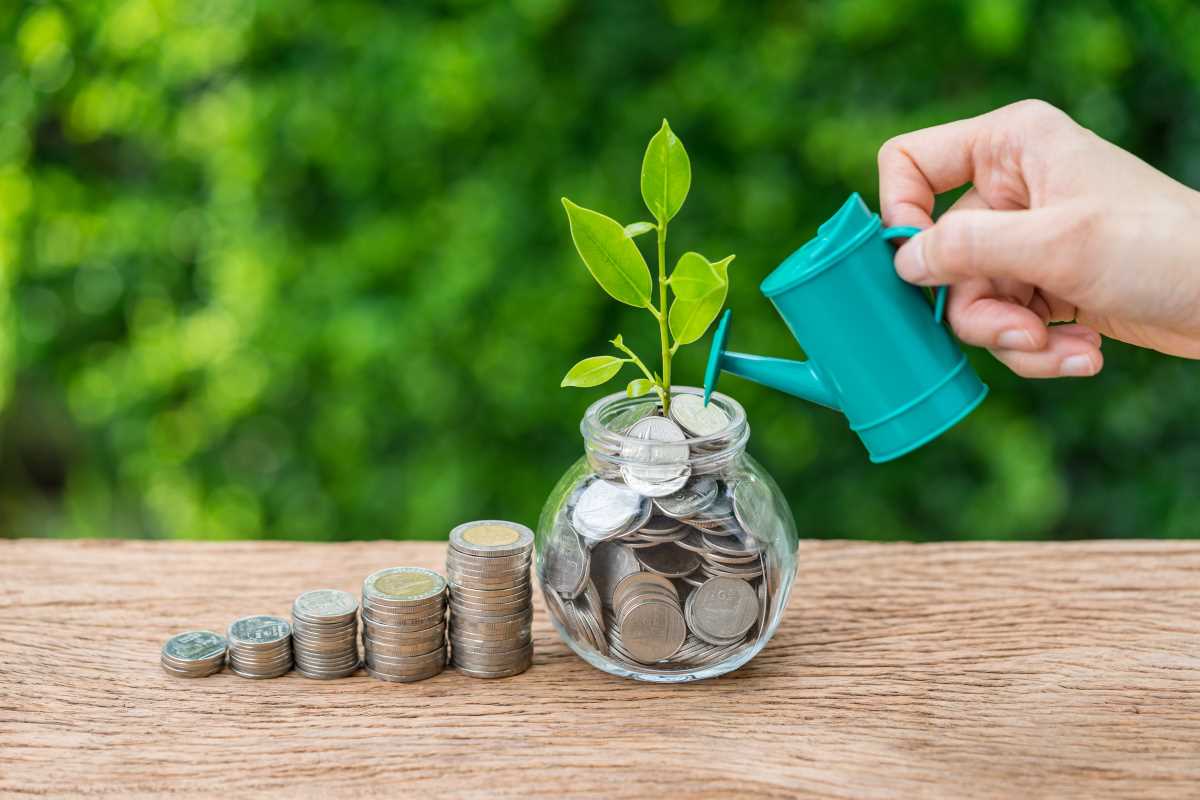Are unexpected expenses causing you stress? Building an emergency fund is the key to financial security. Life is full of surprises, from unexpected car repairs to sudden medical bills, and having a financial cushion can make all the difference. By setting aside money for unanticipated emergencies, you can better handle life's curveballs without derailing your financial goals. An emergency fund not only provides peace of mind but also fosters financial stability. With the right preparation, you can navigate challenging times with confidence. Let’s explore how to start building an emergency fund that empowers you to manage whatever life throws your way.
Establishing Your Emergency Fund Goal
The first step in building your emergency fund is to establish a realistic savings goal. Financial experts often recommend saving three to six months' worth of living expenses. This amount can cover essential costs like rent, utilities, groceries, and other necessities if you face a job loss or unexpected expenses.
To determine your specific target, calculate your monthly expenses, including rent, bills, groceries, transportation, and any other necessary costs. Then multiply this amount by the number of months you aim to cover. For example, if your monthly expenses are $2,500, setting a goal of $10,000 to $15,000 for your emergency fund is reasonable.
- Tip: Write down your monthly expenses and categorize them to clearly see where your money goes. This exercise can also highlight areas for potential savings.
Creating a Budget and Cutting Costs
Once you've established your savings goal, it's time to create a budget to track your income and expenses. A budget helps you understand your financial situation and identify areas where you can cut back on non-essential spending to redirect funds towards your emergency fund.
Start by reviewing your recent spending habits. Are there subscription services you rarely use? Could you dine out less frequently? By making small adjustments, such as cooking at home more often or canceling unused memberships, you can accumulate savings quickly.
- Tip: Use budgeting apps or spreadsheets to keep track of your spending and identify trends that can inform your future financial decisions.
Automating Your Savings
One effective way to build your emergency fund is to automate your savings. Set up an automatic transfer from your checking account to a separate savings account each time you receive your paycheck. By automating this process, you prioritize your emergency fund savings without having to think about it.
Consider treating your savings like a fixed expense. When you automate your transfers, the money is moved to your savings before you have a chance to spend it. This "pay yourself first" approach can make saving feel effortless.
- Tip: Choose a specific day of the month for your automatic transfer—perhaps right after payday—so it becomes a regular part of your financial routine.
Exploring High-Interest Savings Accounts
To maximize your emergency fund's growth, consider opening a high-interest savings account. These accounts typically offer higher interest rates than traditional savings accounts, helping your money grow faster over time.
Compare different banks and financial institutions to find the best option for your savings goals. Some online banks may offer competitive rates with fewer fees, making them attractive choices for savers. Additionally, ensure the account is easily accessible in case you need to withdraw funds during an emergency.
- Tip: Look for accounts with no monthly fees and a minimum balance requirement that aligns with your savings strategy.
Using Windfalls and Bonuses Wisely
Unexpected windfalls or bonuses can provide a significant boost to your emergency fund. Whether it’s a tax refund, a work bonus, or an unexpected gift, consider allocating a portion of these extra funds towards your savings goal.
This strategy can significantly accelerate your progress in building your emergency fund. Instead of splurging on non-essentials, view windfalls as opportunities to enhance your financial security.
- Tip: Create a specific percentage for saving any windfalls, such as 50%, to instill a habit of saving regardless of the amount you receive.
Avoiding Temptation and Staying Consistent
Building an emergency fund requires discipline and commitment. It’s essential to avoid the temptation of dipping into your savings for non-emergencies. Instead, treat your emergency fund as a financial safety net that should only be accessed during genuine emergencies.
Stay consistent with your savings plan, even during months when expenses are higher or income is lower. It can be challenging to stick to your savings goals during tough financial times, but patience and perseverance will help you reach your financial objectives.
- Tip: Consider setting up a separate savings account specifically for your emergency fund. This physical separation can make it easier to resist the urge to dip into it for non-emergencies.
The Importance of Regularly Reviewing Your Fund
As you work towards your emergency fund goal, it's crucial to regularly review and adjust your savings strategy. Life circumstances can change, and your budget may need to be recalibrated to accommodate new expenses or income changes.
Every few months, take time to reassess your financial situation. Are your expenses rising? Has your income increased? Adjust your savings goals accordingly to ensure that your emergency fund remains sufficient for your current needs.
- Tip: Schedule a quarterly review of your budget and savings goals to stay on track and make informed financial decisions.
Starting Your Journey to Financial Security
Starting to build an emergency fund is a crucial step towards financial security and peace of mind. By setting a realistic savings goal, creating a budget, automating your savings, exploring high-interest accounts, using windfalls wisely, and staying consistent, you can strengthen your financial resilience and be better prepared for unexpected expenses.
Financial security doesn’t happen overnight. It requires a commitment to saving and a proactive approach to managing your money. However, the effort you put into building an emergency fund will pay off in the long run. You'll have the confidence to handle unforeseen challenges without derailing your long-term financial goals.
Building an emergency fund is not just about saving money; it’s about creating a safety net that allows you to navigate life’s uncertainties with greater ease. Start today and take control of your financial future. With the right planning and discipline, you can establish a robust emergency fund that provides security and peace of mind, ensuring that you are well-prepared for whatever life may bring. Your journey to financial stability begins now!
 (Image via
(Image via





